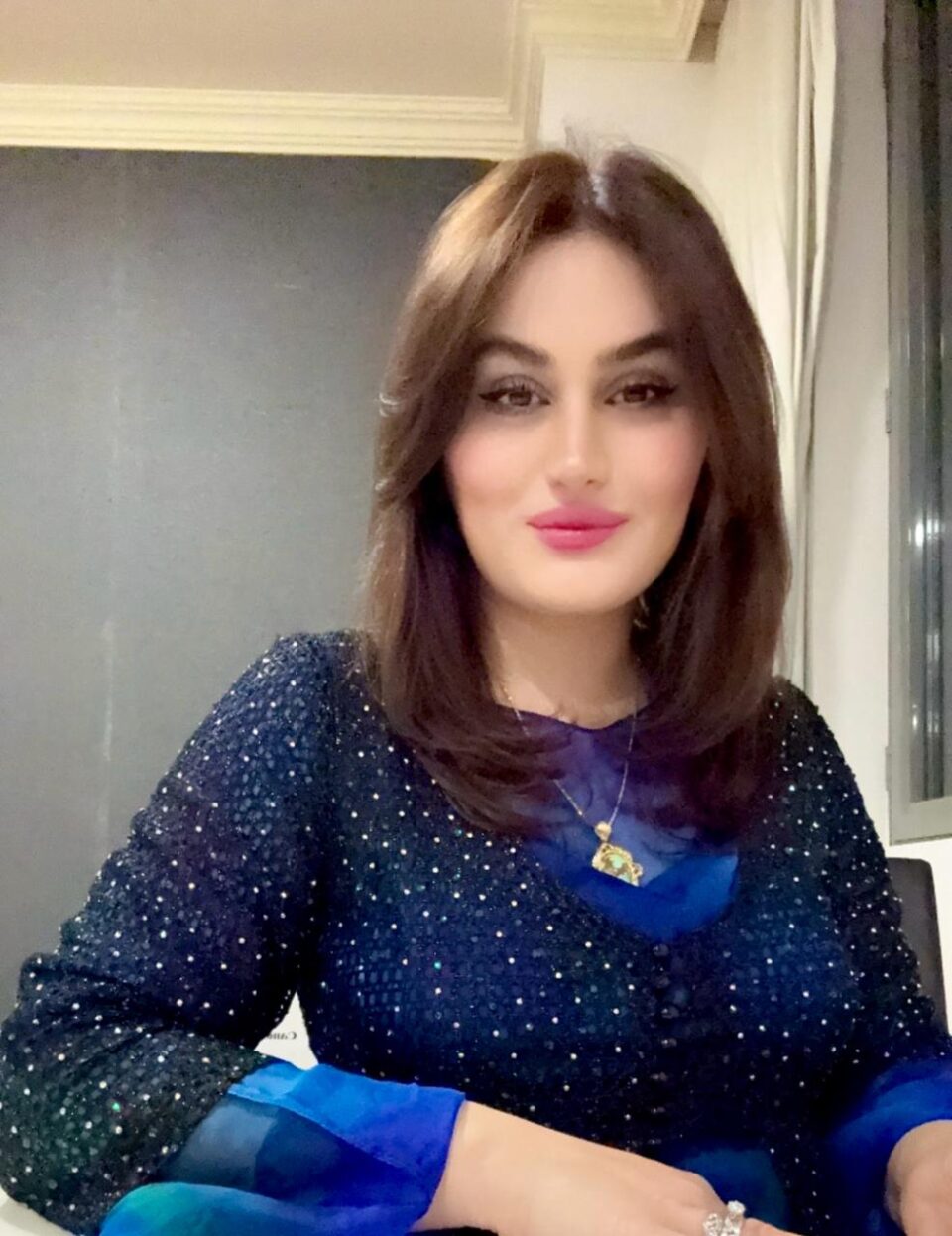Fenik Yaseen
Every year, when the snow begins to melt from the mountains of Kurdistan and the first flowers press their heads through the thawing earth, something ancient stirs in the hearts of the Kurdish people. It’s not just the coming of spring it’s something deeper. It’s a fire, passed down from generation to generation, kept alive through stories, songs, and silent resistance. It is Newroz.
The story begins long ago, before calendars and borders, in a time when darkness ruled the land. A tyrant named Zuhak, a king with serpents growing from his shoulders, brought ruin wherever he walked. He was said to feast on the brains of the young to feed the beasts upon him, and his reign stretched for a thousand years, choking the land and its people in fear. But even under the weight of cruelty, hope did not vanish it waited in the forge of a blacksmith.
Kawa, known to us as Kawa Asngar, was no warrior. His hands were stained with ash and steel, not blood. He made tools and horseshoes, not weapons. But when Zuhak’s hunger reached Kawa’s home and claimed his children, something in him broke and something stronger emerged.
In secret, Kawa raised a rebellion. He found others who had lost too much, whose sorrow had hardened into courage. With fire and hammer, he forged weapons and resolve. On the day the sun balanced in the sky what we now call March 21st Kawa struck Zuhak down. From the mountain where he raised his torch to signal the people’s freedom, a fire was lit, and the people lit their own flames in answer. From mountain to village, the fire spread not to destroy, but to awaken.
That was the first Newroz.
Today, the echoes of Kawa’s fire can still be seen glowing on the mountaintops and in the villages of Kurdistan. On the eve of Newroz, children and elders alike gather wood and pile them into high stacks, and set them ablaze as the sun sets. Around these bonfires, families dance the govend hands joined, feet stamping in rhythm, scarves flying through the cool spring air. The music is old, the kind passed from grandmother to grandson, and every beat carries with it the memory of survival.
In the plains of Duhok, you’ll find young people dressed in traditional Kurdish kiras and shal, winding through the hills in long processions, singing folk songs and shouting Newroz pîroz be!—“Happy Newroz!” In Erbil’s citadel, lights gleam through the narrow alleys as artists paint murals of Kawa and the fires of freedom. In Sulaymaniyah, poets gather to recite verses about the mountains, the martyrs, and the enduring soul of Kurdistan.
But not all fires burn freely.
In parts of Turkey and Iran, where Kurdish identity has long been suppressed, the act of lighting a Newroz fire can still be a defiant one. Yet every year, fires are lit anyway. People gather, even under the watch of authorities, because Newroz is not just a celebration it is a statement: We are still here. We remember who we are.
Kawa’s hammer still echoes, not in metal, but in the steady beat of the daf, in the laughter of children dressed in Kurdish colors, in the slow but steady return of the Kurdish language to schools and books and songs.
Newroz is not just about spring. It’s about returning to the root. It’s about a people who have been scattered, silenced, and forgotten but who rise again every year with fire in their hearts.
The fire that Kawa lit has never gone out.

